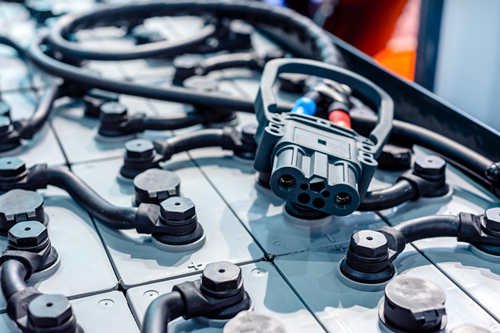
A cable assembly is a device used to transmit electrical signals from one part of the circuit to another. There are many different types of cable assemblies available in the market today. The type of cable assembly you choose to use depends on your needs and the application you are using it for.
Several different types of cable assemblies are available out there. Here are the most common types:
- Coaxial Cable Assemblies
- Flat Ribbon Cable Assemblies
- Molded Cable Assemblies
- RFI/EMI Cable Assemblies
- Military-Grade Cable Assemblies
It is important to know what type of cable assembly is best for your situation, and it is equally important to understand how to install them properly. This article will help you with that information. If you are interested, read on!
#1 Coaxial Cable Assemblies
Coaxial cable assemblies are used to transmit high-frequency signals. They consist of a conductor at its core, wrapped in a layer of insulator followed by a jacket or shielding.
Coaxial cable assemblies are usually used in radio transmitters, connecting frequency signals to antennas. Coaxial cable assemblies are also used in video applications such as home theater and cable TV and Ethernet connections.
There are different types of coaxial cables depending on the frequency range that they can handle. Some of the most common types of coaxial cables include hard-line cables, rigid line cables, radiating cables, and triaxial cables. However, the terms you would likely hear thrown around are RG6, RG59, and RG11.
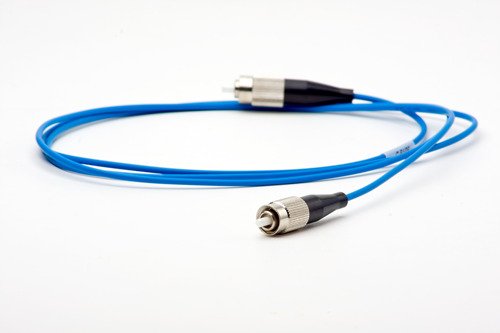
RG (which stands for “radio guide”) coaxial cables are perhaps the most commonly known type of coaxial cables. They are generally used for satellite transmissions, mobile communication, AM and FM, radio and video communication, and many more.
RG coaxial cables can be differentiated based on shielding: shielded (usually RG6) and unshielded (traditionally RG59).
The difference between them is that shielded cables have an outer layer of copper wire that shields the inner conductor from external interference and radio waves. They are also more commonly used for higher frequency signals than unshielded cables because it is easier for electrical signals to travel through them.
Unshielded cables do not have any outer layers of copper wires but instead rely on the insulating properties of rubber insulation to shield them from outside interference.
Each RG coaxial cable is fit for different uses. RG59 tends to be used for antennas because of its lack of shielding and lower frequency capabilities. RG6, which has more shielding, is usually used for satellites, though you can use it for antennas just as well.
Finally, RG11 coaxial cables can travel longer distances but are thicker and much less flexible. They are also pricier than the other two. This is why they are primarily used for vast broadband, such as cable TV.
Coaxial cables have many advantages. For one, they are more reliable than their unshielded counterparts. This means that they can be placed nearby metal objects without losing much efficiency. Additionally, they are pretty cost-effective.
Coaxial cable assemblies also offer better shielding and noise rejection than unshielded cable assemblies. Even if they are exposed to many external electromagnetic currents, they can remain fairly stable.
They are not without their drawbacks, however. One aspect is their appearance, as they are quite big and do not offer much leeway on that front. They can also be quite complicated to install.
#2 Flat Ribbon Cable Assemblies
Another commonly seen type of cable assembly is the flat ribbon cable assembly. Flat ribbon cable assemblies, unsurprisingly, resemble ribbons. More specifically, they are composed of a row of wires bundled into a sheath, forming a ribbon-like shape.
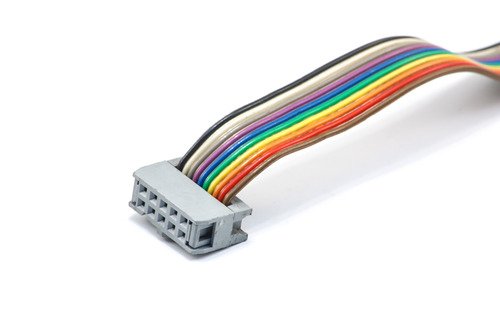
They are most commonly used for computers, especially internal parts such as CD drives and hard drives. They also used to be incorporated into the external parts of computers, but their function has changed in time and been replaced with round cables.
Flat ribbon cables are also usually color-coded and labeled, which makes for an efficient marking system. This means that they are easy to spot and identify during things such as regular maintenance or repair.
However, they do have some drawbacks. One prominent feature of the flat ribbon cable is its small size, as they take up very little room. However, it can also be harmful. Their petite size can easily be misplaced or damaged by a harsh environment.
What’s worse, their insulation is quite poor. They would easily be damaged by sharp objects. They can also be quite pricey.
#3 Molded Cable Assemblies
In this part, we will take about molded cable assembly. If you have seen HDMI cables before, you know what a molded cable looks like.
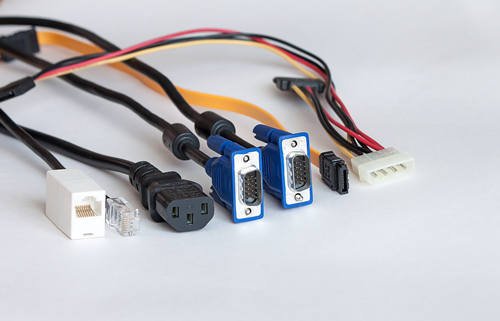
Molded cables are created by inserting searing hot molten into a certain mold. The finished mold is then applied to the part that connects the cable to the connectors.
They are often used in consumer electronics, especially those under heavy use, such as TVs and computers. More specifically, this includes HDMI cables, as mentioned before, and medical cables and USB cables.
Molded cable assemblies offer many functions and features. The most notable one is, perhaps, their level of protection. This mold “shell” in the construction makes molded cables exceptionally durable against harsh environments.
This is why molded cable assemblies are most commonly found in house or office environments with constant wear and tear on cables. In addition, they can be made highly resistant to water damage if needed and offer a lot of strain relief.
The best part about molded cable assemblies is that they do not require any soldering or crimping, making them very easy to install.
They are also a good option if you need something waterproof and moisture proof, as they come in options that are highly resistant to water ingress. However, they are quite large and can be difficult to conceal due to their size and shape.
#4 RFI/EMI Shielding in Cable Assemblies
Another common aspect of the cable assembly is RFI/EMI shielding. These cable assemblies are designed to offer protection against Electromagnetic Interference (EMI) and Radio Frequency Interference (RFI).
They usually come in the form of a shielding material wrapped around a cable. They can be found in Ethernet cables, speaker cables, and even coaxial cables.
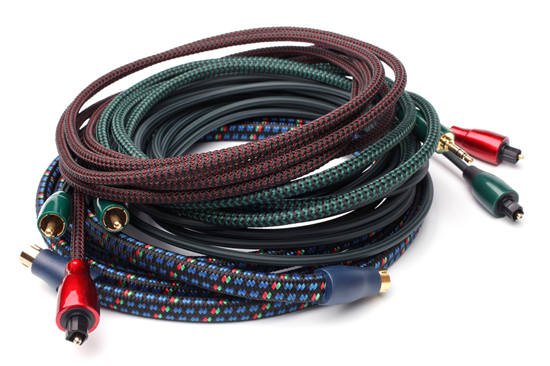
The primary purpose of RFI/EMI cable assemblies is to provide an electrically conductive path between two or more devices. The overall goal is to reduce crosstalk; in other words, to isolate the signals and prevent interference from occurring.
The main benefit of these cable assemblies is that they provide extra protection for electronic devices such as computers and other electronic equipment. They can also shield against electromagnetic noise, which is one of the biggest causes of failures in electronics.
RFI/EMI cable assemblies are used in many electronic devices, such as wireless phones, cordless phones, routers, modems, and cellphones. They also come in handy when you want to connect multiple appliances into a single power line (such as a kitchen range).
#5 Military-Grade Cable Assemblies
Another common type of cable assembly is the military-grade cable assembly. These are cable assemblies or cable components that have received a seal of approval based on the standards set by the military, which is also known as Mil-Spec.
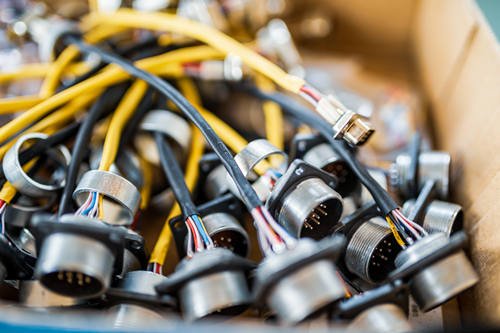
These cable assemblies are used in situations where extreme durability and performance are required. Military-grade cable assemblies are typically built to last, especially if made from high-quality materials such as stainless steel or carbon fiber.
They are often used in situations where the connections and connections between the parts of a device must be extremely durable. This includes situations such as in military equipment, aviation, and space travel, among others.
These cable assemblies are designed to withstand harsh environments, especially when it comes to extreme temperature changes and humidity levels. Military-grade cables can also be used for harsh environments, such as space travel or even on the seafloor in submarines.
Military-grade cable assemblies can also be customized to your needs if you need something not available commercially.
Military-grade cable assemblies can be quite expensive because they come with high-quality materials that are not easy to replace if they break down during use. Not to mention, the cost of getting a cable assembly or components tested for military standards is quite steep in itself.
Final Thoughts
It’s important to know what type of cable assembly is best for your situation and properly install them. Hopefully, by reading the different cable assemblies in this article, you will decide on a cable assembly that fits your needs and applies the best.

